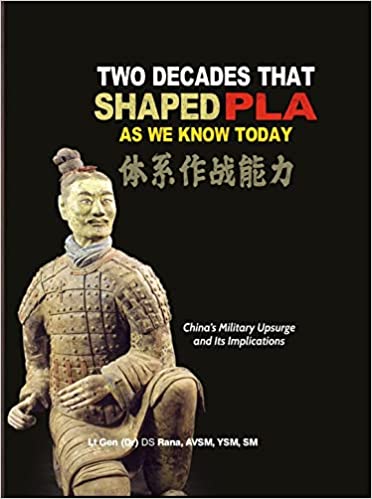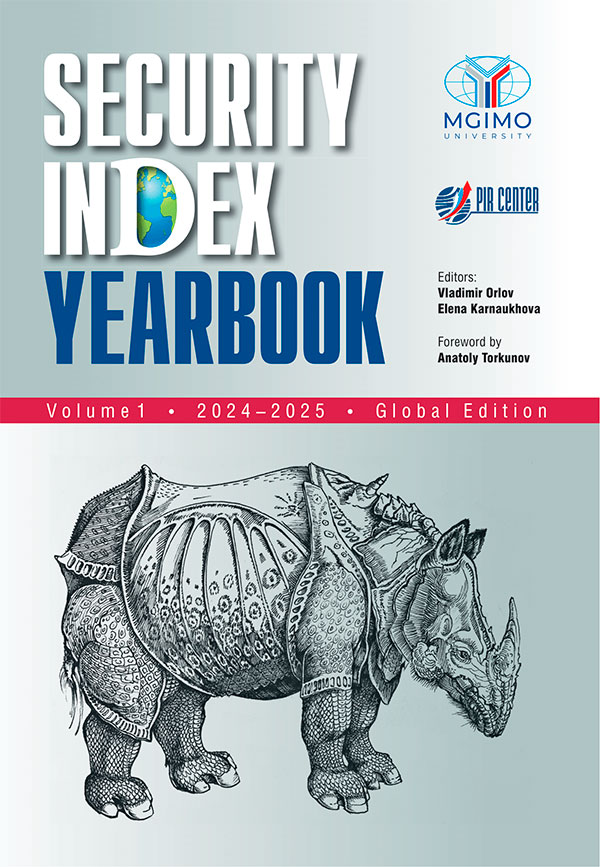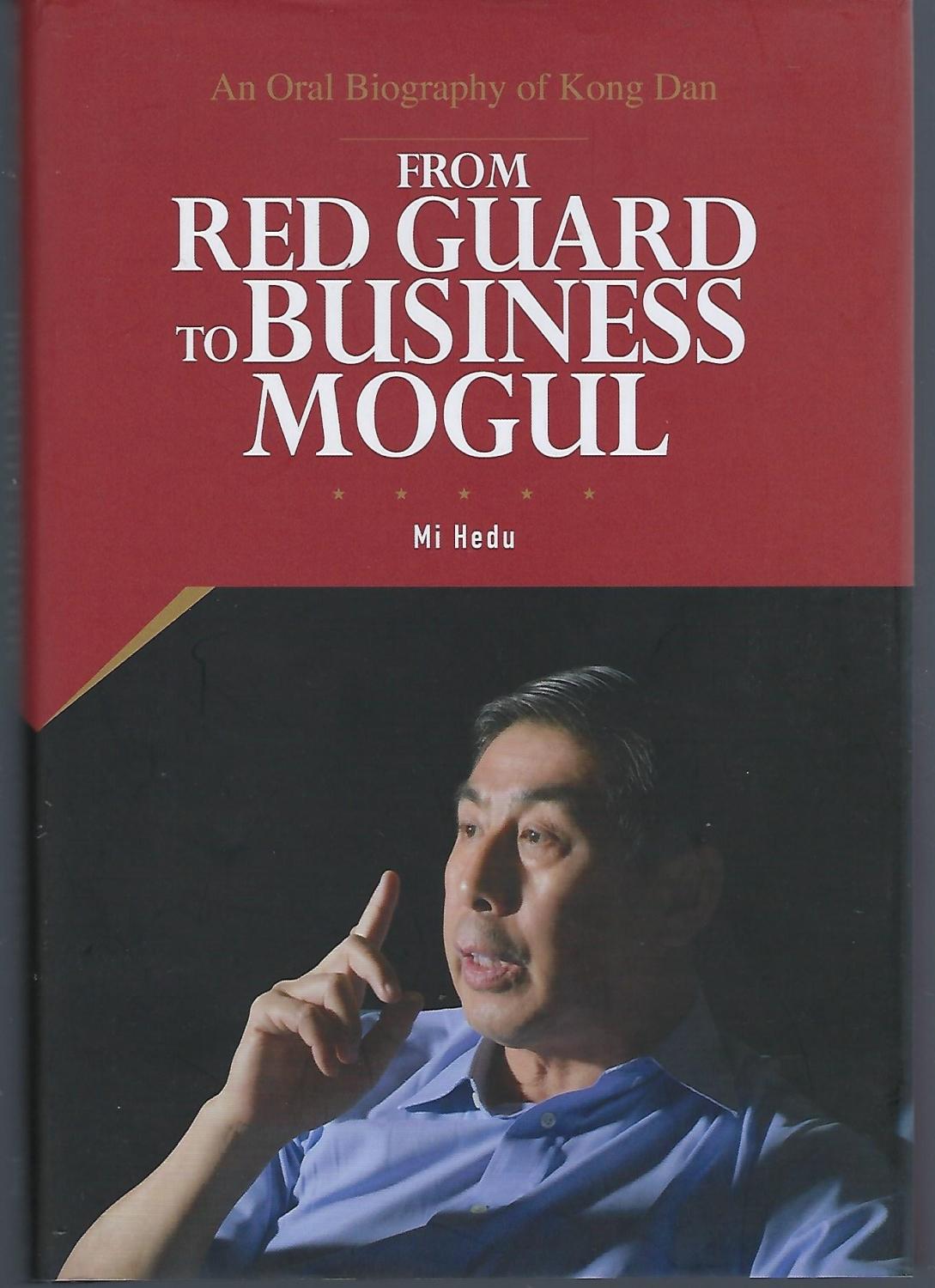... against Pyongyang and the six party negotiating mechanism. In the South East Asia region Moscow preferred not to take sides in local territorial disputes and to enhance bilateral relations with ASEAN nations, especially with Vietnam.
Ivan Timofeev:
Eurasian Security Architecture: Five Questions and Five Answers
Since the beginning of the special military operation in Ukraine this approach to the region has changed in a significant way. There are no longer prospects for improving Russia-Japan or Russia-ROK badly crippled relations anytime soon, neither there are opportunities for restoring a multilateral consensus on North Korea. Instead of trying to serve as a balancing actor in the North East Asia, Moscow is explicitly tilting ...
... yet. For India, maritime transportation, mainly through the Suez Canal, remains the priority way of delivery of its own goods [
30
], while cargoes along INSTC are mainly directed to India, rather than from India to other countries.
Julia Melnikova:
Eurasian Security as a Communicative Practice: Tasks for Russia and China
At the same time, the INSTC gives New Delhi an opportunity to expand its presence in new markets. So far, India's trade with Central Asia and South Caucuses has been limited, but it could grow if the necessary INSTC infrastructure is ...
... joint development of an approach? Certainly. Such iterations can and should be repeated together with the widest range of partners in Eurasia. In itself, it creates a communicative environment, a narrative, a space for interaction.
Julia Melnikova:
Eurasian Security as a Communicative Practice: Tasks for Russia and China
The second question: Does Moscow want to use the idea of Eurasian security to create a coalition against Washington, involving the countries of the global majority? More no than yes. Russia understands well that each country ...
RIAC, Institute of China and Contemporary Asia of the Russian Academy of Sciences and Institute of International Studies at Fudan University Report #94 / 2024
RIAC, Institute of China and Contemporary Asia of the Russian Academy of Sciences and Institute of International Studies at Fudan University Report ...
... defence ties to China and the stated commitment to an
inclusive collective security system
in Asia. The challenge for the Indian leadership is how to balance its growing engagement with the United States and its ambitions to play a more central role in Eurasian security matters. These challenges are likely to have a lasting impact on Russia’s and India’s foreign policy agendas and might also affect their bilateral relations.
Potential participants to the system
Gleb Makarevich:
Inventing Eurasia: How Russian Proposals for a Collective Security System Harmonize with South Asian ...
... This commitment is essential, especially in a world where terrorism knows no borders and poses a threat to global peace. The joint exercises exemplify how collaborative efforts can yield better preparedness against potential threats.
Julia Melnikova:
Eurasian Security as a Communicative Practice: Tasks for Russia and China
The significance of this military cooperation cannot be overstated. It serves as a deterrent against extremist groups that may seek to exploit vulnerabilities. By enhancing their capabilities through joint training, both Pakistan and ...
On October 11, 2024, “Russian-Chinese Dialogue: 2024 model” roundtable was held at the Rossiya Segodnya Agency Press Centre
On October 11, 2024, “Russian-Chinese Dialogue: 2024 model” roundtable was held at the Rossiya Segodnya Agency Press Centre. The event was attended ...
... of 2023, bilateral trade turnover exceeded USD 240 billion. In 2023–2024, Chinese companies actively filled the niches left after the departure of Western suppliers in the market for cars and spare parts, electronics, construction materials, etc. Russian businesses, in turn, sought out new markets in the PRC.
Ivan Timofeev:
Eurasian Security Structure: From Idea to Practice
At first glance, the dynamics of Russian-Chinese interaction confirm the persuasiveness of structural realism—a theory that points to the primary importance of the structure of international relations ...
... of a complex subregional security architecture marked by military and political confrontation between two regional powers (India and Pakistan) and the involvement of external players, primarily China and the United States. To evaluate how viable the Russian leadership’s concept of Eurasian security is in the South Asian context, let us consider each of the principles laid out.
Principle one: no objections
According to the Russian leadership’s idea, the parameters of the future security system should be coordinated with all stakeholders ...
... value—cultural and civilizational diversity. The 2005 Astana Declaration of the SCO stipulates that “the world's diversity of cultures and civilizations is a universal human value.”
The SCO may well be considered as the institutional core of the Eurasian security architecture.
In conclusion, it is worth noting that Russian–Chinese relations today revitalize and flesh out the concepts that were crafted late into the Cold War to describe what the relations between Russia and the West should look like. This is true for both indivisible and cooperative security. They ...



